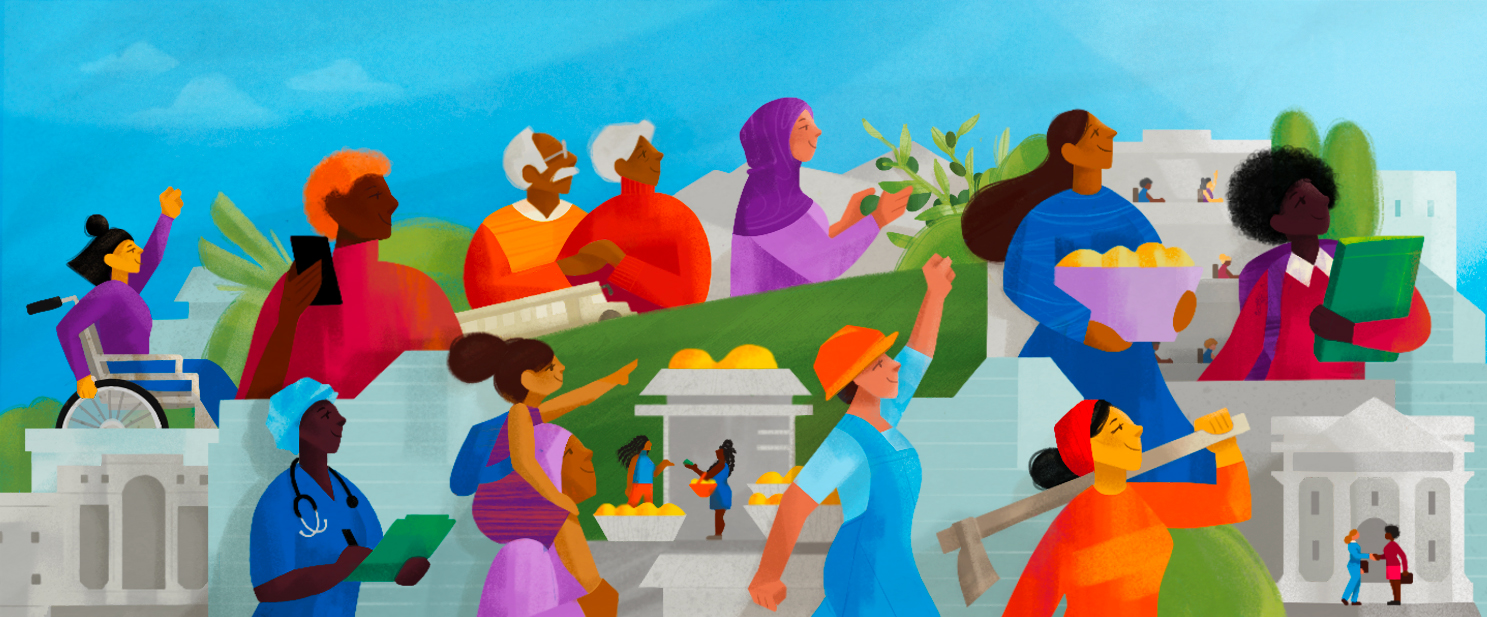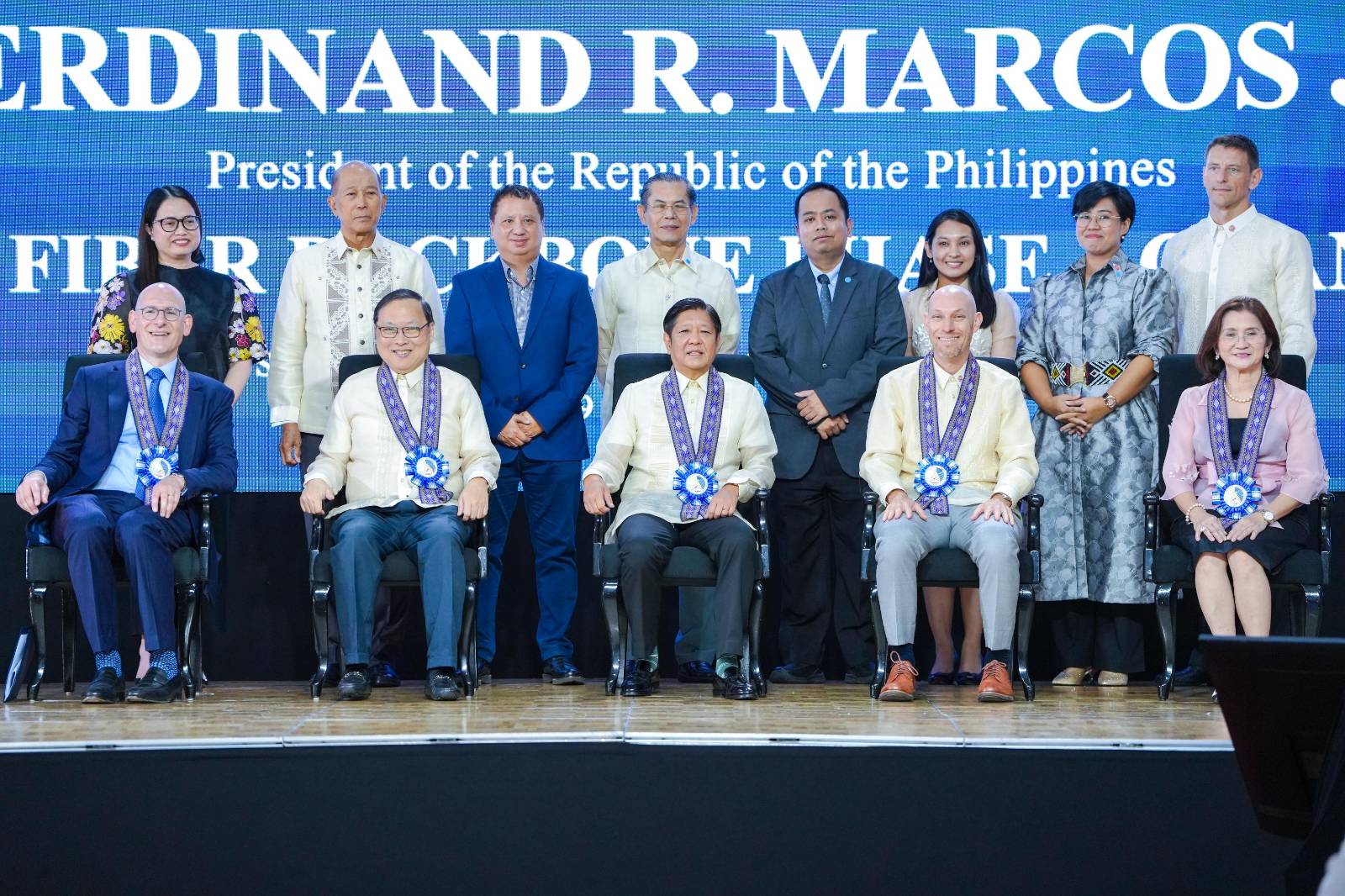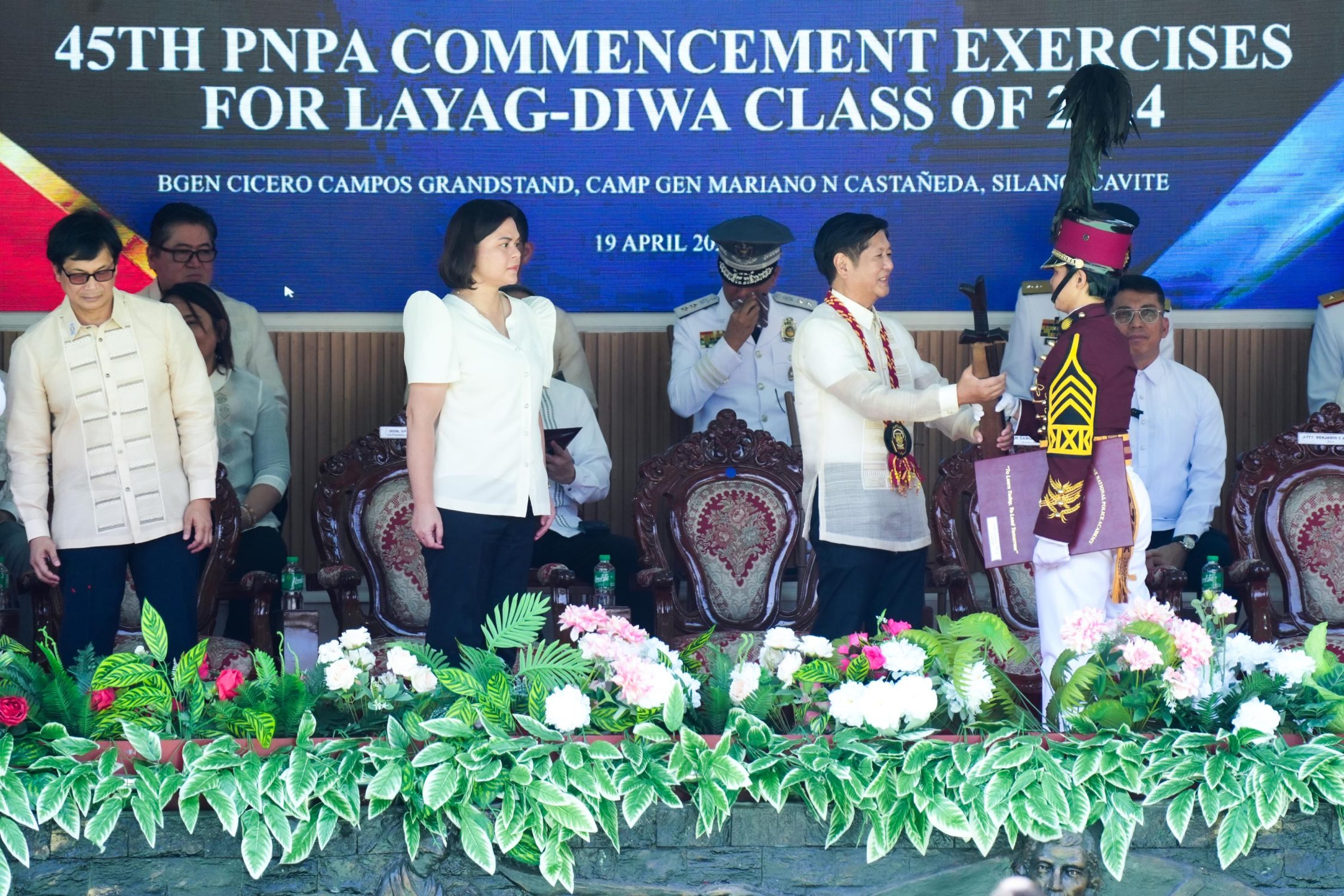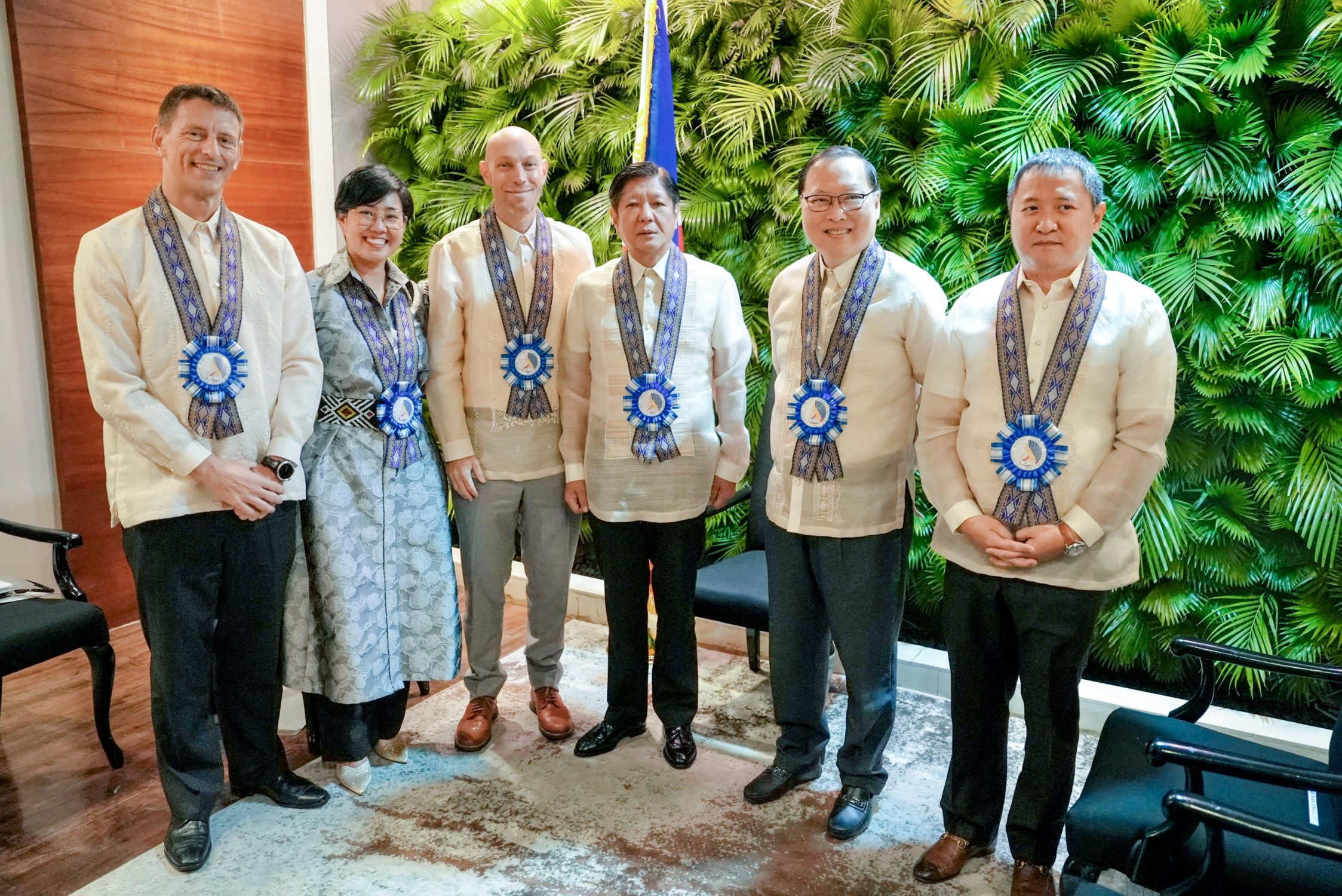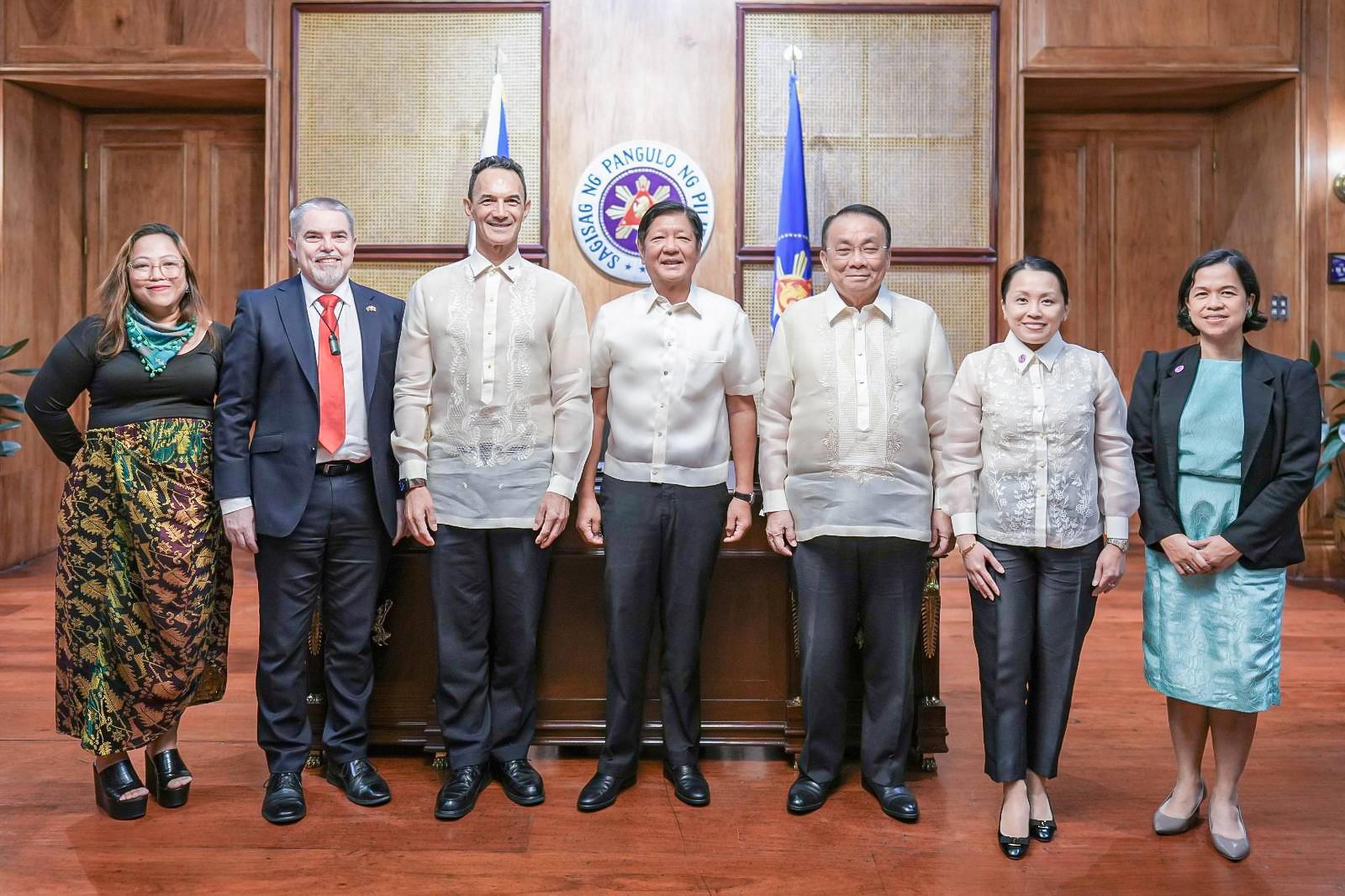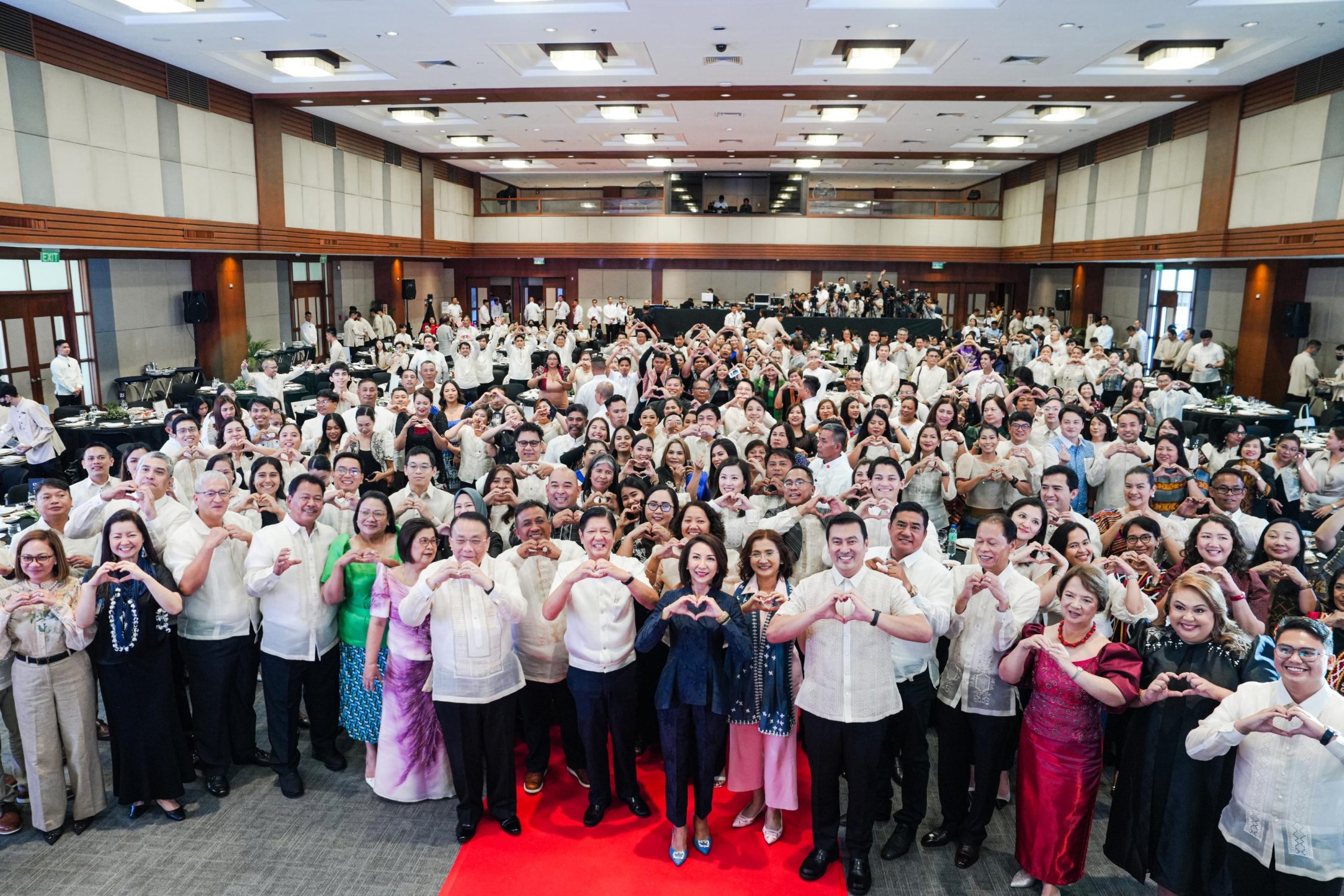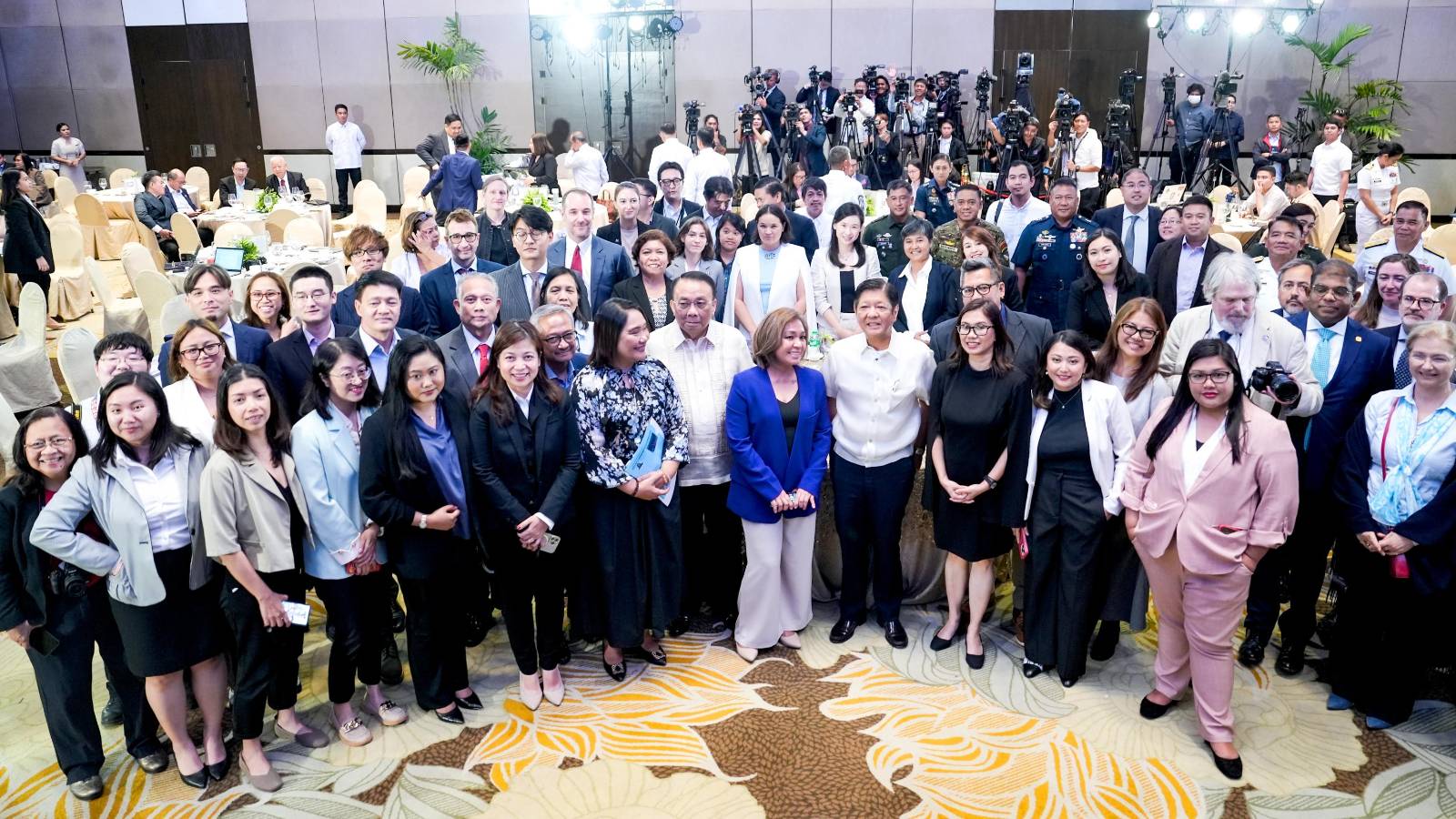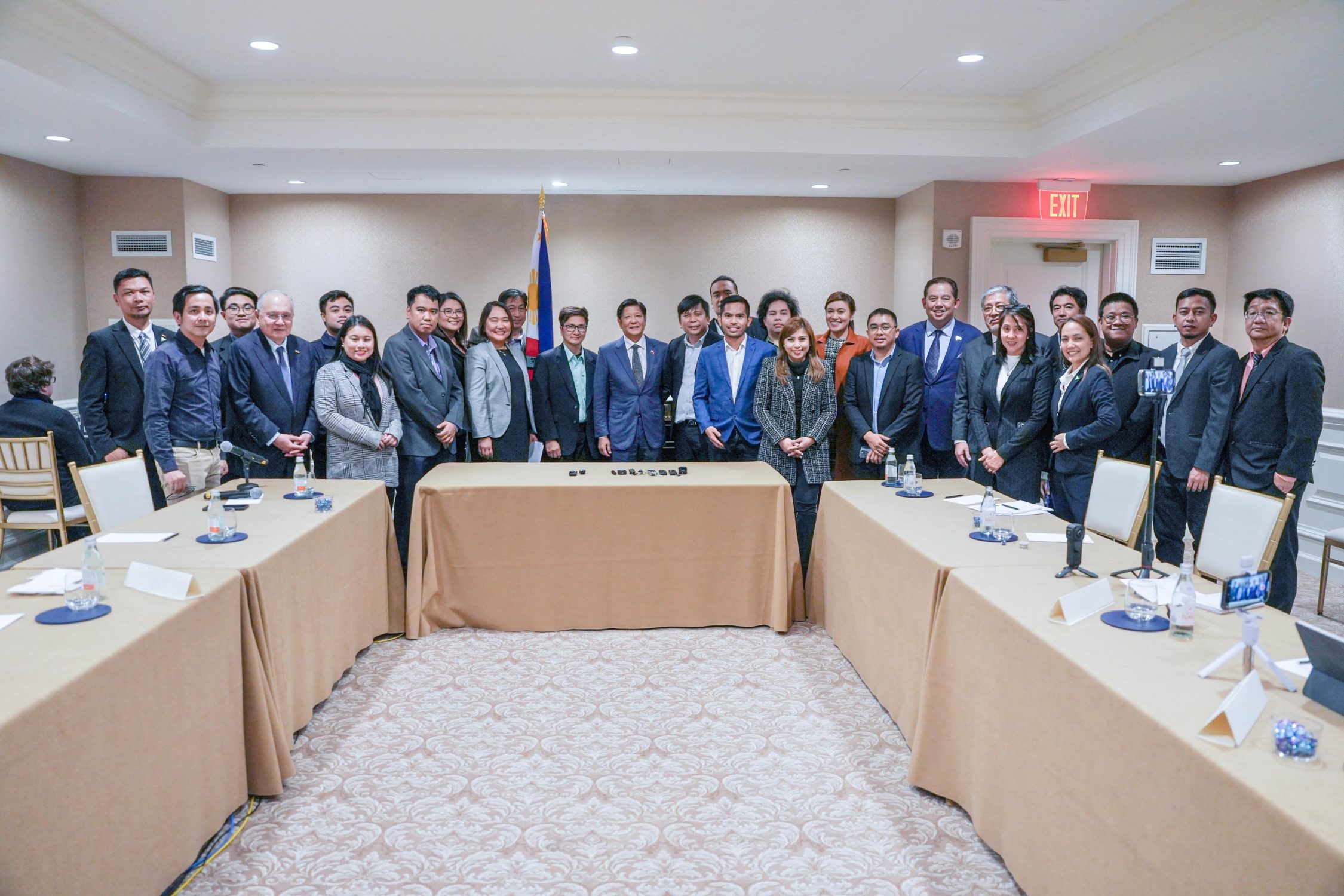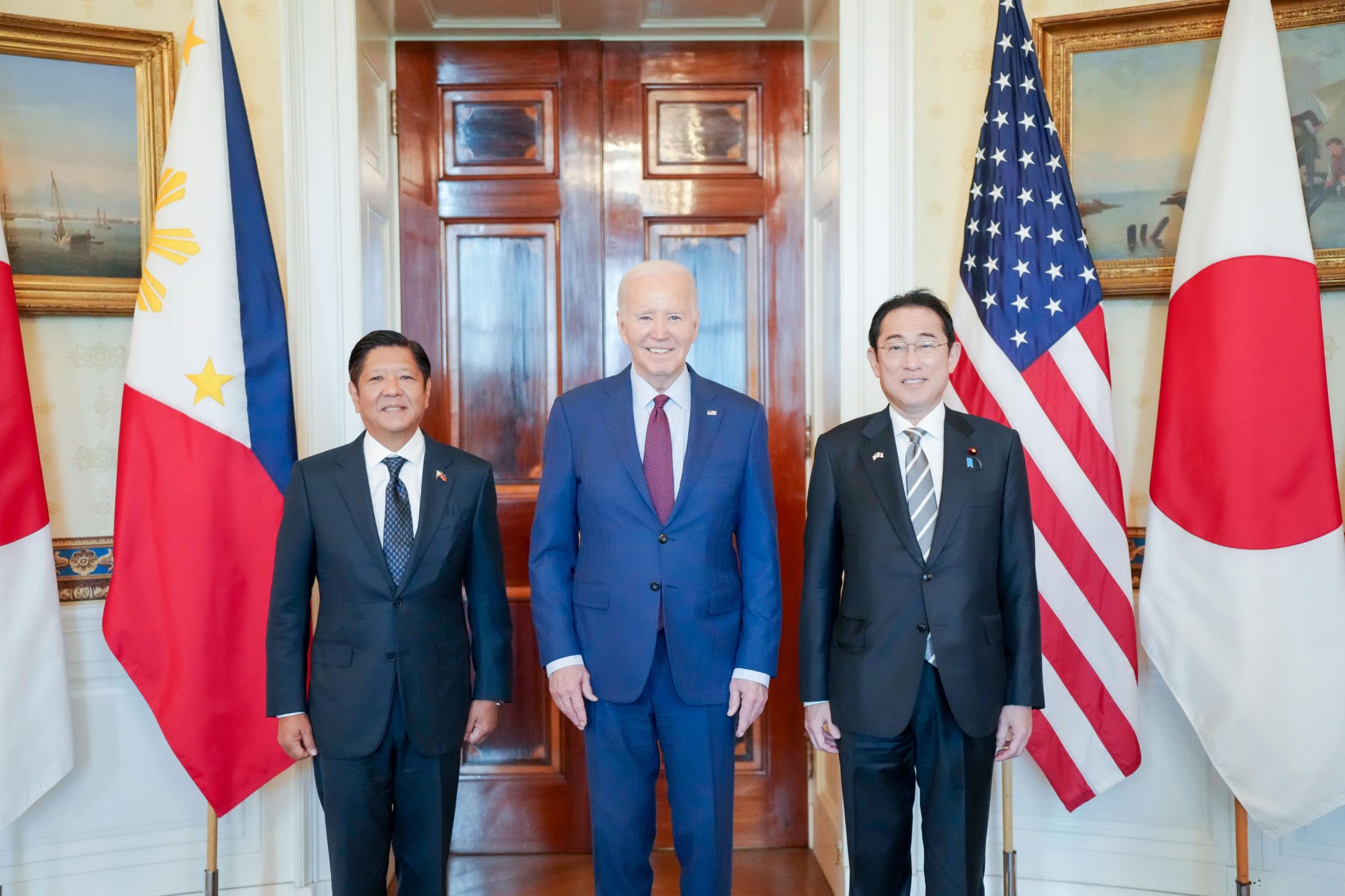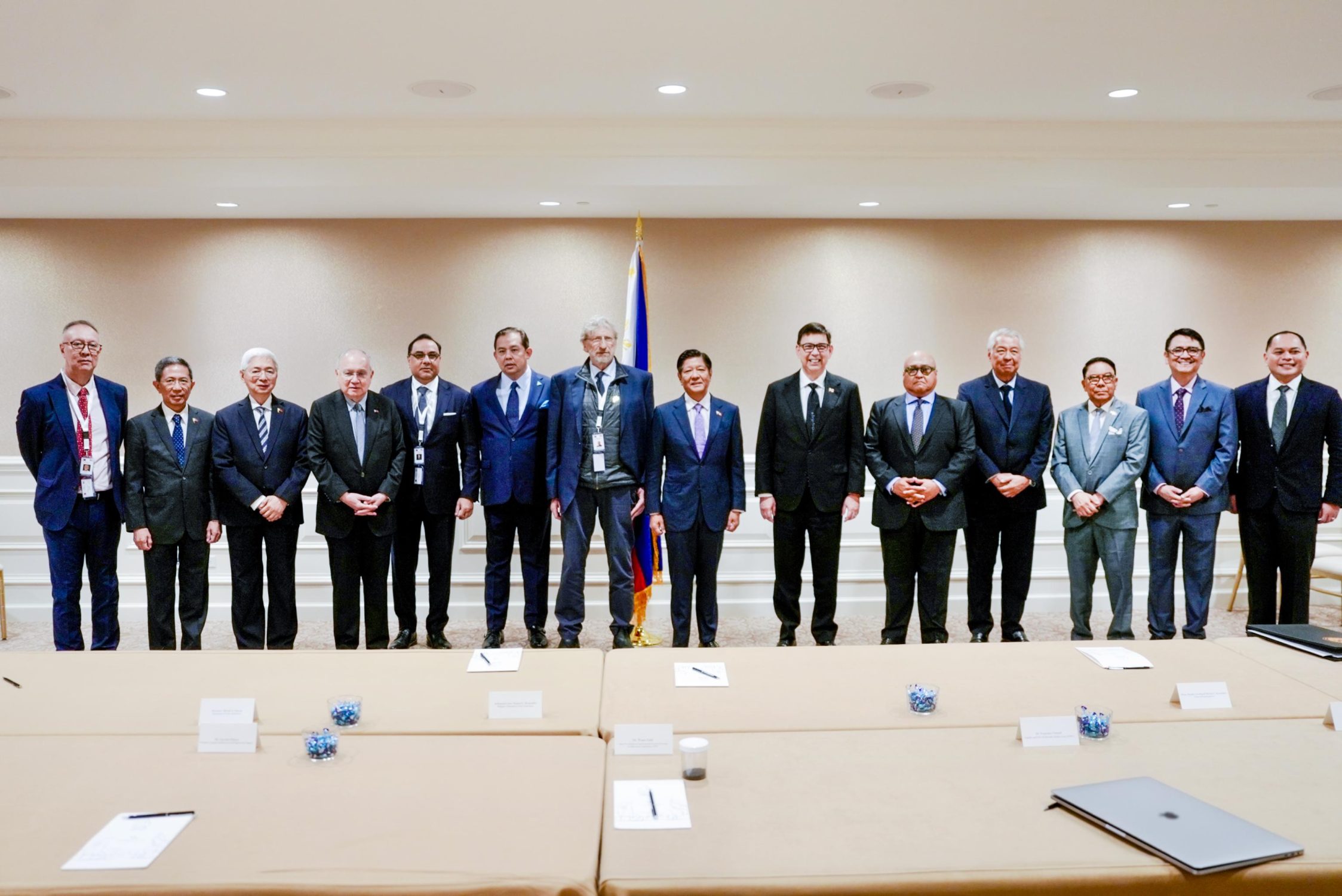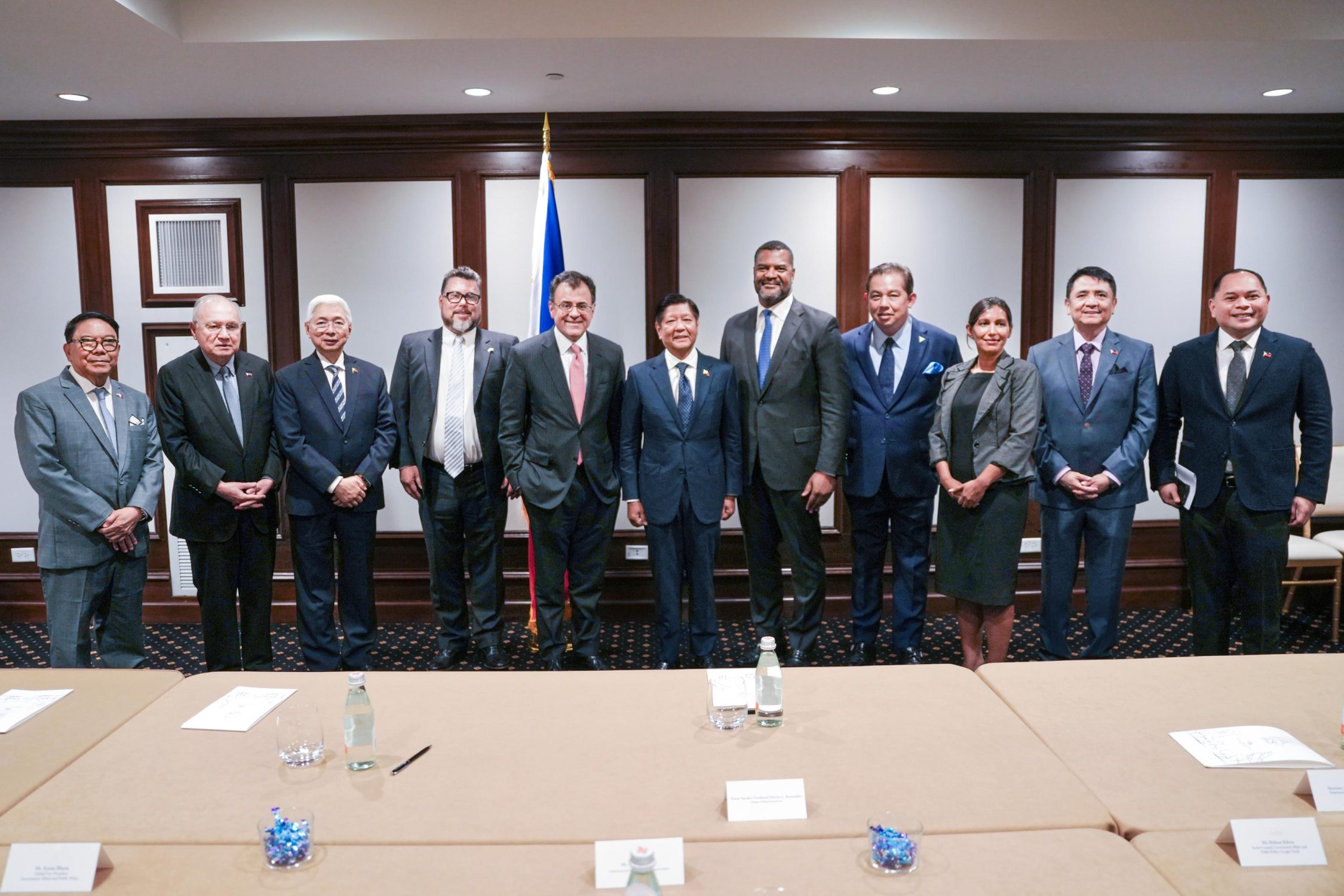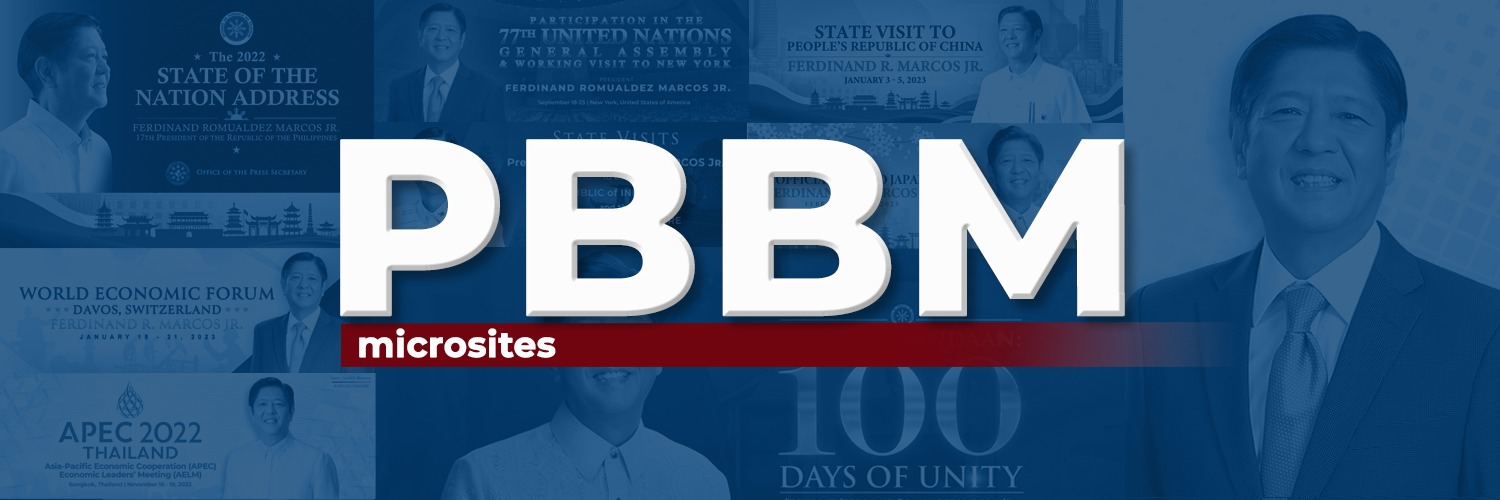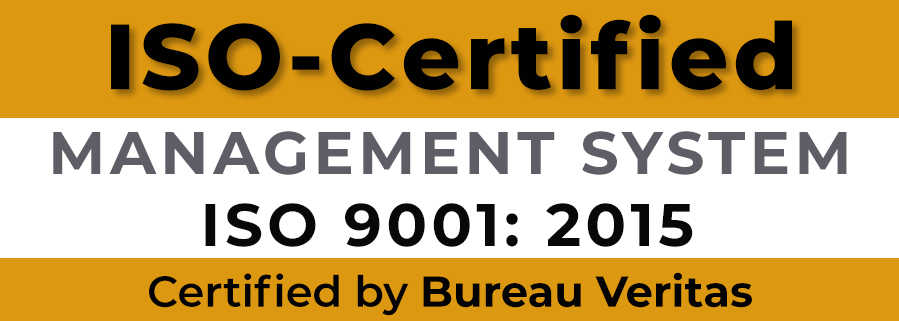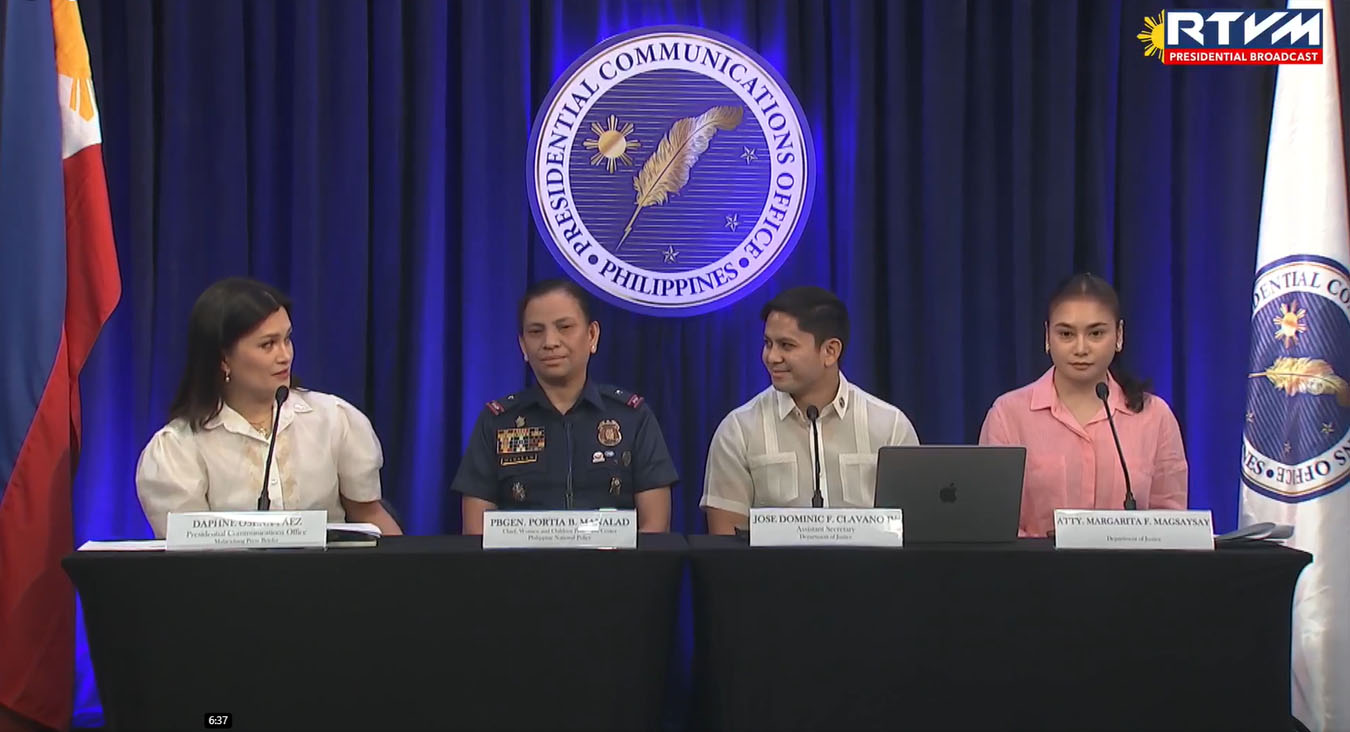March 29, 2016 – President Benigno S. Aquino III’s Speech at the commencement exercises for the Master in Public Management, Major in Local Governance and Development
| President Benigno S. Aquino III’s Speech at the commencement exercises for the Master in Public Management, Major in Local Governance and Development |
| Rizal Hall, Malacañang Palace, Manila |
| 29 March 2016 |
| Apart from the task of defeating the rogue MNLF forces—which our Armed Forces performed very credibly—another challenge government faced was caring for the 118,819 people who were displaced by the conflict. This meant providing adequate shelter, ensuring sufficient food and water, and preventing epidemics, amongst other concerns. The following month, while we were still attending to Zamboanga, Bohol and Cebu were hit by a 7.2 magnitude earthquake, which also displaced another several hundred thousand people, not to mention damaged a significant number of roads, bridges, and buildings. This likewise necessitated the provision of emergency assistance, shelter, and even more relief goods and more rehabilitation work.
Naturally, by that point, government resources were already stretched thin, but I have to admit: There was a sense of accomplishment to be found in our ability to handle those occurrences almost simultaneously. I now realize, however, that maybe there was a little bit too much confidence in our preparedness to handle such catastrophes. In November, our country was hit by one of the strongest typhoons in recorded history. It affected more than half of our provinces, wiping out the majority of the resources we had prepositioned, and even some of the first responders. Millions of our countrymen were severely affected, and many of them lost their homes and their loved ones. Since that period, our people, along with partners from the international community, have worked tirelessly to rebuild and rehabilitate the affected communities, under our strategy to Build Back Better. Can I emphasize: Build Back Better simply means stop the process of building something to have it destroyed by the next typhoon, to rebuild it in the same condition, to have it destroyed again by the next typhoon. During the Asia-Europe Meeting Manila Conference on Disaster Risk Reduction and Management in 2014, Kristalina Georgieva, the then EU Commissioner for International Cooperation, Humanitarian Aid and Crisis Response, said that while there is still much work to be done, what we achieved in the immediate aftermath of the storm was remarkable and a lesson for the global community. The World Bank’s Country Director for the Philippines at the time, Motoo Konishi, also said that our response to Yolanda “set a new standard on how to shrink the time between the disaster hitting, relief work being carried out, moving on to early recovery, and then to reconstruction.” Nevertheless, our administration has always approached our continuing recovery from Yolanda with a healthy impatience. More than anyone else, we are aware that there are so many more houses to build, roads and bridges to repair, and seaports to fix. In fact, I often call in my Cabinet so I can receive regular updates on our progress, or lack thereof, and briefings about the issues we have to overcome to further accelerate the recovery process. This brings me to the value of the education you have received during your time in the Development Academy of the Philippines. The goal has always been to Build Back Better at the soonest possible time, but one of the issues that has hindered our efforts has been the general lack of individuals with sufficient technical knowledge. To give you a very specific example: To fulfill the requirement of submitting rehabilitation or recovery plans, one needs the expertise, amongst others, of a structural engineer, which not all municipalities have. This means that the DILG and the DPWH have had to augment the capacities of these LGUs so that funds can be released in accordance with law. Engineering might not have been part of your curriculum, but I strongly believe that your 39 units in public management, local governance, development planning, and disaster risk reduction and mitigation can make it easier for us to prepare for disasters, undertake relief and recovery operations, and, most importantly, Build Back Better—thus accelerating our progress. Your entry into our nation’s pool of experts will also help give government the capacity to pursue much-needed initiatives. For instance, the Philippines is an archipelago, and it is thus critical for us to take care of our airports and seaports, as they are our sole means of transportation across our islands. In the event of a disaster, a fully functional all-weather airport is essential in providing immediate relief. Case in point is the airport in Tacloban. In 2008, a study revealed that, in an event of a storm surge, the airport—as well the entire part of the peninsula in which it is located—would be flooded, and would therefore be unusable. In fact, this particular airport during the time of Yolanda was hit not by one storm surge or wave, but actually by two, because the initial surge could not exit, and had to rebound through its initial path. Thus, one of the first things we had to do in the aftermath of the storm was to clear the runway so that our C130’s could come in and bring in the assistance. Of course, the findings of the 2008 report about the airport were only pointed out to me after the disaster. As most of you graduates would expect, the long-term solution to this problem is complex. At this point, there is no feasible way to ensure that another storm surge doesn’t render this particular airport inoperative. Let me repeat that: There is no scientifically sound way this particular airport [could be] invulnerable to the next storm surge. The conclusion is that the airport therefore must be moved, which entails quite a thorough study. After all, the current alternative in Ormoc is also vulnerable, given the same conditions. Of course, constructing a new airport will bring development to a different area, while making Tacloban less central to the local economy. That, of course, breeds local resistance, but in this case, logic has to triumph over sentimentalism and emotion, because we have to ensure that this basic facility—vital to any relief work—has to be always available. At this point, there is also the issue of public opposition to the idea of enacting “no build zones.” Perhaps I can explain: These “no build zones” exist because current scientific evidence suggests that it isn’t a question of whether or not they will be affected by typhoons or storm surges; it’s a question of when. These zones have been designated as such because living in those areas guarantees that one will be hit by a natural disaster sooner or later. All these initiatives entail moving communities and developing others, and I believe this is why this course is so timely. You will be able to make a massive difference in the lives of your fellow Filipinos. Your task, at the local level, is to manage all the possible concerns—whether it’s ensuring the safety of the people, addressing their issues on relocation, or planning the construction of infrastructure based on scientific evidence. Of course, I will not be able to shepherd this process alone. Actually, after 93 days, the responsibility will pass to another, and I am glad that we have reliable graduates like you who can continue such work regardless of what happens in May. At the end of the day, the fact is that we were hit hard by Yolanda, and lessons should learned. Armed with our new knowledge, we must continue to Build Back Better, so that we can avoid similar tragedies down the line. I am hopeful that over the course of your careers, you can take all these lessons into consideration—together with what you’ve learned in school—and assist those who will have to demonstrate political will to take the right steps. You can make the process towards consensus that much more easier to achieve, and I am thankful to our partners from the United States government, the Development Academy of the Philippines, and most of all to you, who have committed so much time and effort in the spirit of serving our fellowman. I encourage you to always work with vigor and passion throughout your careers in public service. Of course, the obstacles will always be there, but my hope is that, in the most challenging situations, you can look back to your time at the Development Academy of the Philippines, and gather strength from the knowledge that you are not alone—that your batchmates, along with so many like-minded Filipinos—are working in pursuit of our collective progress, and that together, we will prevail. In just three months, I will be stepping down from the Presidency. I admit: One of the things I would probably miss the most is being able to respond immediately to the issues pointed out by our countrymen. But I am comforted whenever I see individuals like you, who are also embarking on the long—and sometimes thankless—journey of serving one’s fellowman. I am comforted because I see so many Filipinos choosing to tread the Straight Path—who are willing to pursue the difficult right over the easy wrong. All the successes we have achieved over these past five years and nine months have been a result of a Filipino people that has been more engaged in the quiet work of nation building, and I have faith that this will continue—that our people will choose the right path, and continue to build a Filipino nation that can care for each and every citizen, and that can truly shine on the world stage. Thank you and my most sincere congratulations on your accomplishment today. Good day. |




